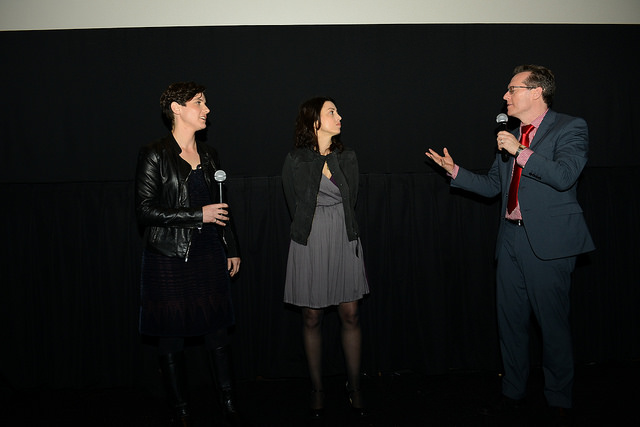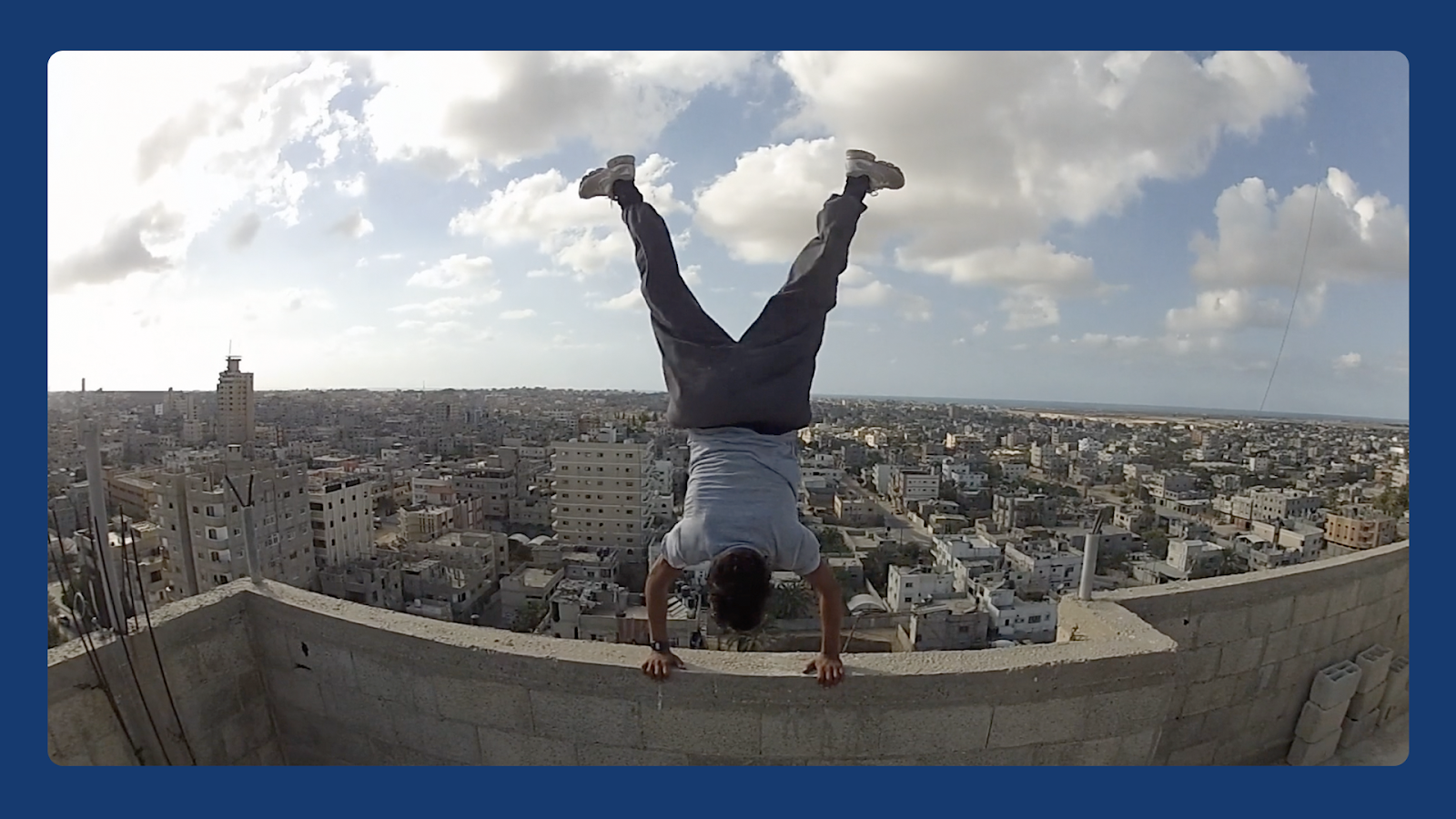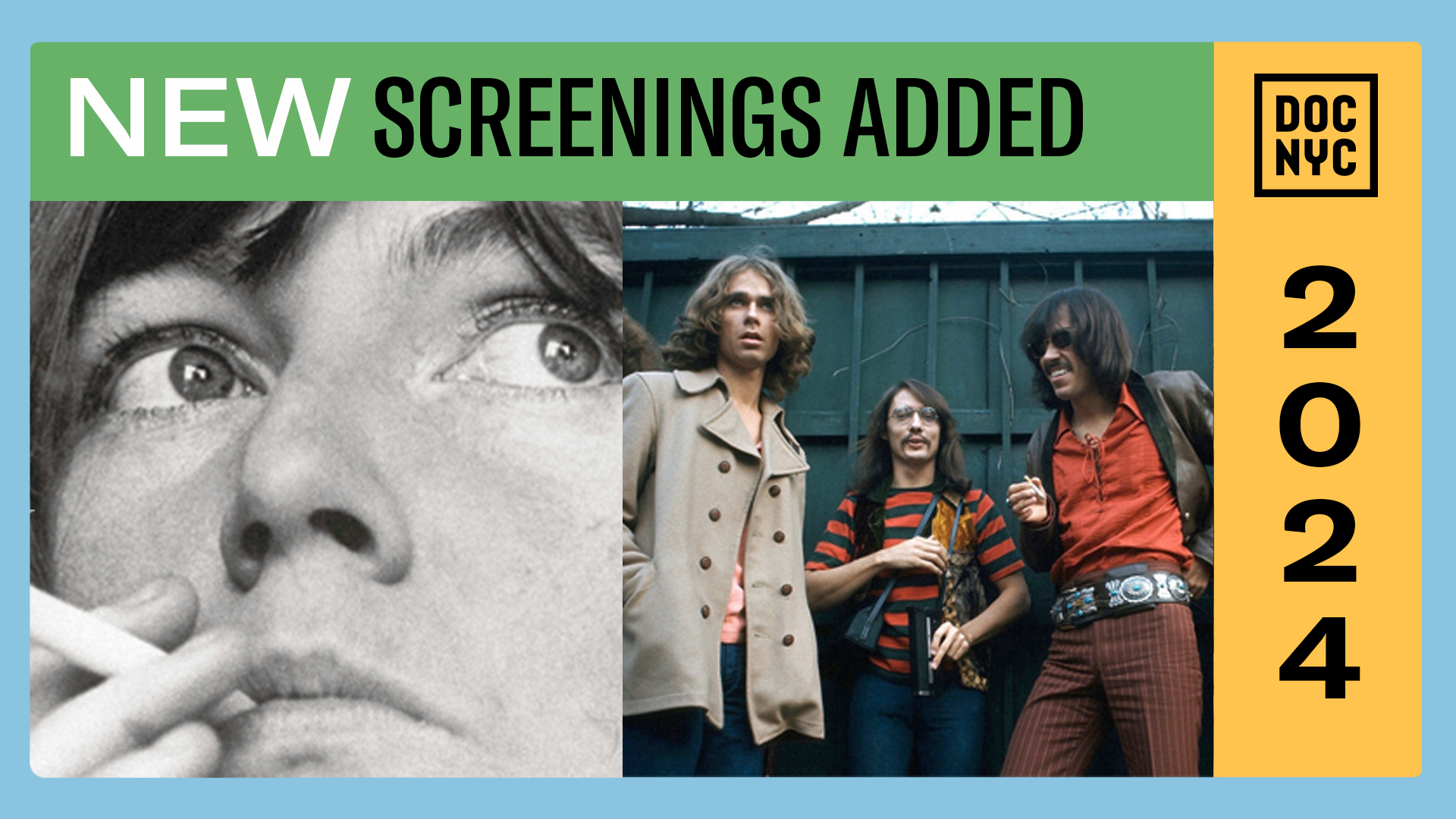A True-Crime Story for the Netflix-Era A decade of documentation unravels in the investigative series 'Making a Murderer'


Written by Jenna Belhumeur
Friday night’s screening of Making a Murderer offers a taste of the latest trend in storytelling, investigative journalism as episodic entertainment. From favorites like the 12-episode podcast “Serial” to HBO’s addictive hit “The Jinx,” Making a Murderer is another real and captivating account of a criminal investigation, where audiences are brought along for the ride as the directors dig into their character’s true involvement in cases of murder.
The series is set to premiere on Netflix on December 18th, where subscribers will then have the chance to binge watch on all ten parts, as the provider normally releases all episodes of a season at once.
The crime series follows Steven Avery, a man imprisoned for sexual assault in Wisconsin. By the end of the second episode, not only is Avery exonerated after 18 years in prison and in the midst of a high profile $36-million-dollar lawsuit against Manitowoc county, but he is simultaneously being accused of a new crime: the murder of a woman named Teresa Halbach.
At Friday night’s screening, directors Laura Ricciardi and Moira Demos revealed that they first learned of Avery’s case via a 2005 story in The New York Times. Demos and Ricciardo were immediately drawn to the narrative, and after learning Avery had a court date in merely two weeks, spontaneously decided to pursue what turned into a ten-year project searching for answers on Avery’s innocence.
Ricciardi said they recognized the story’s conflict of interest: a man was being investigated for a new case by the very country he also had a multi-million dollar lawsuit pending against. Let the conspiracy theories begin.
The filmmakers also disclosed that when they first jumped into the investigation in 2005, they were unsure whether their project would go anywhere. After all, the distribution world back then very rarely saw successful narrative documentary series. However, when they met with Netflix in late winter 2013, there was an immediate interest in the story.
When asked by an audience member if there was any kind of trouble while filming, Ricciardi and Moira said that at one point the state of Wisconsin tried to subpoena their footage. Every other media outlet covering Avery’s case were apparently local news stations, and being the outsiders from New York documenting the developing story in the small country of Manitowoc led to suspicion. However, Ricciardi and Moira won their case, thereby altering Wisconsin law to protect the rights of documentarians in the same way as those of journalists.
Making a Murderer proves once again that documentary filmmaking and investigative reporting can go hand in hand. What’s more, they can even be considered captivating entertaining.
Jenna Belhumeur is a recent graduate of the Columbia University Graduate School of Journalism, and currently works within the video department at The Wall Street Journal. Her first documentary short, BACK, explores the experiences of an ex-prisoner reentering society after 40 years behind bars. The film premieres at this year’s DOC NYC festival. Follow her on Twitter @jenna_bel


